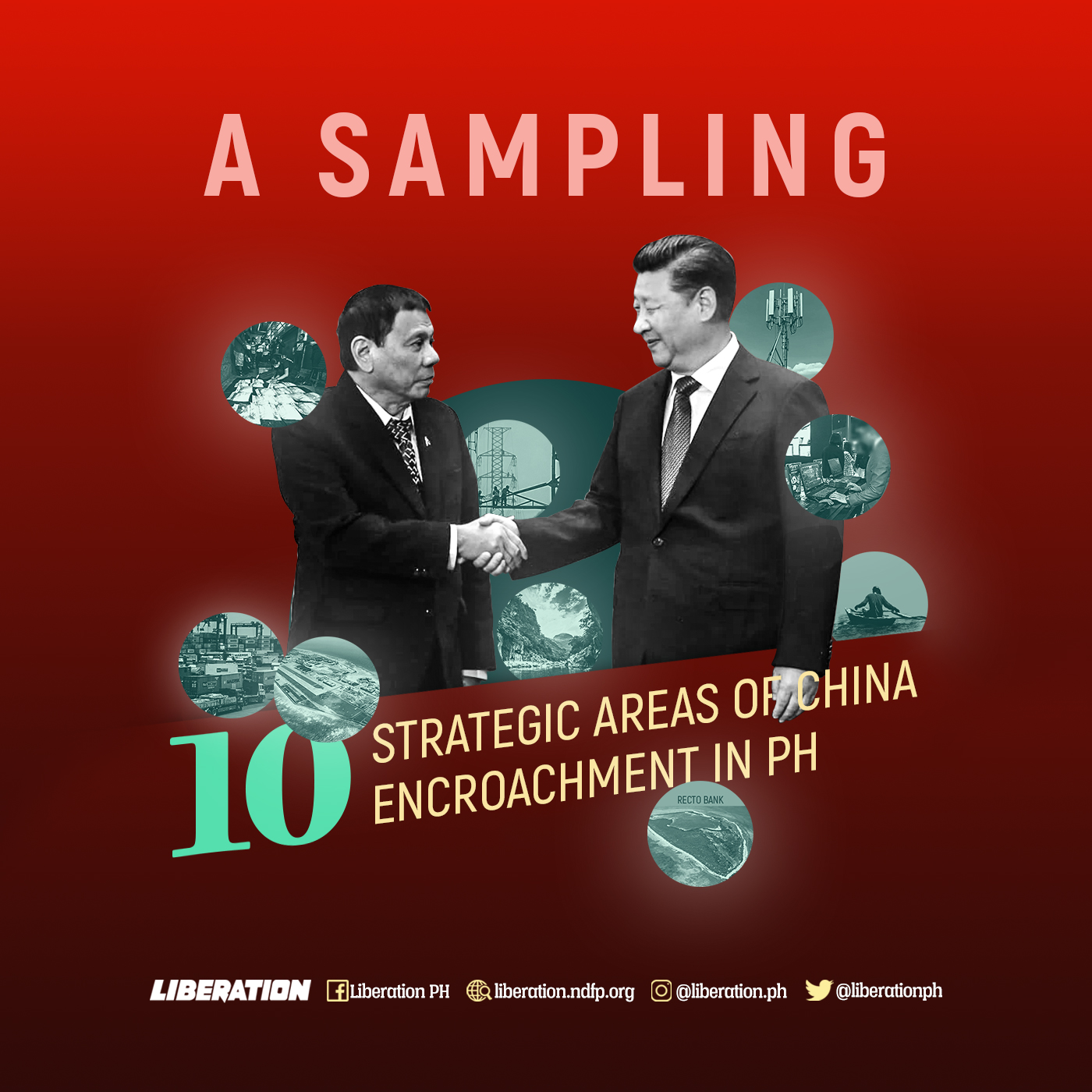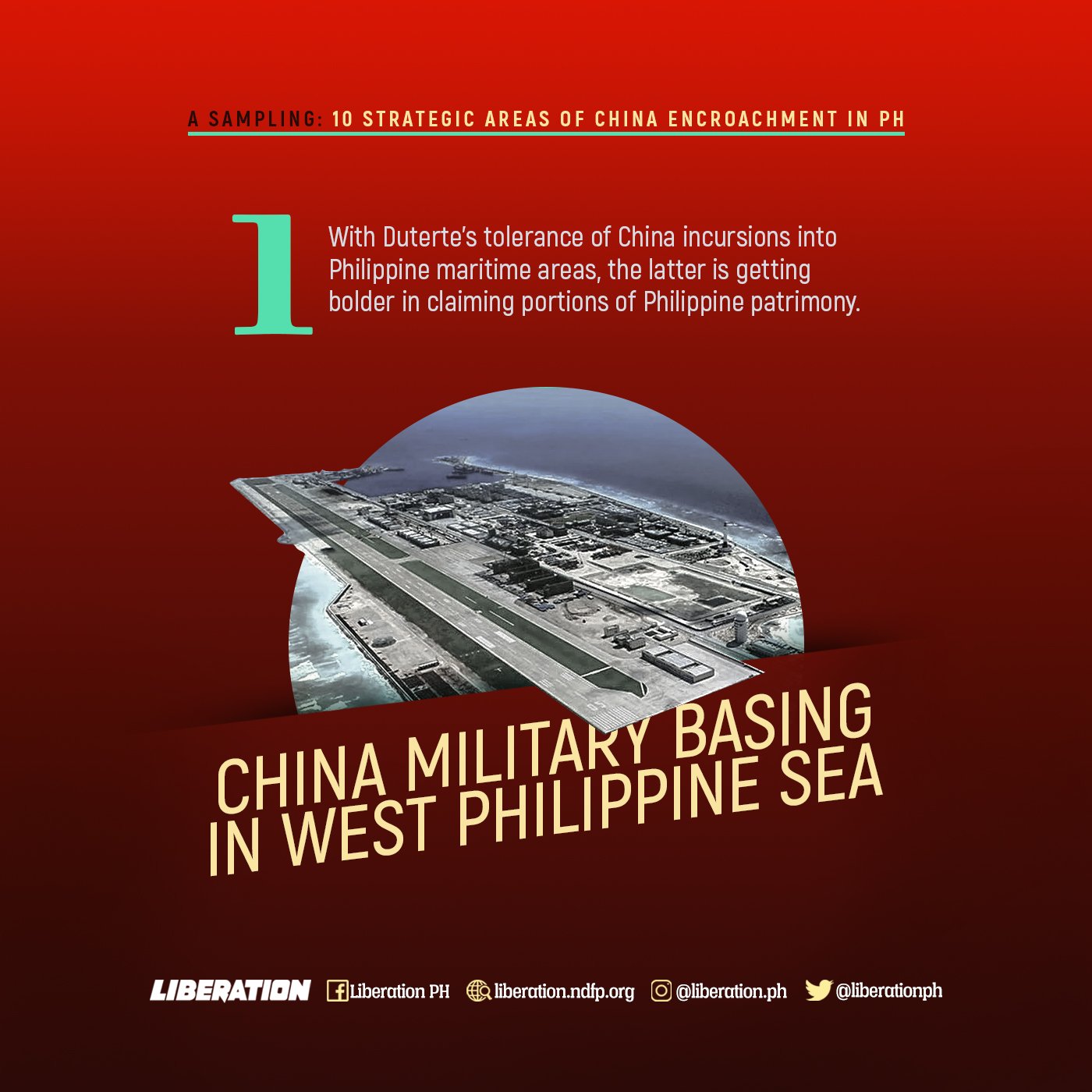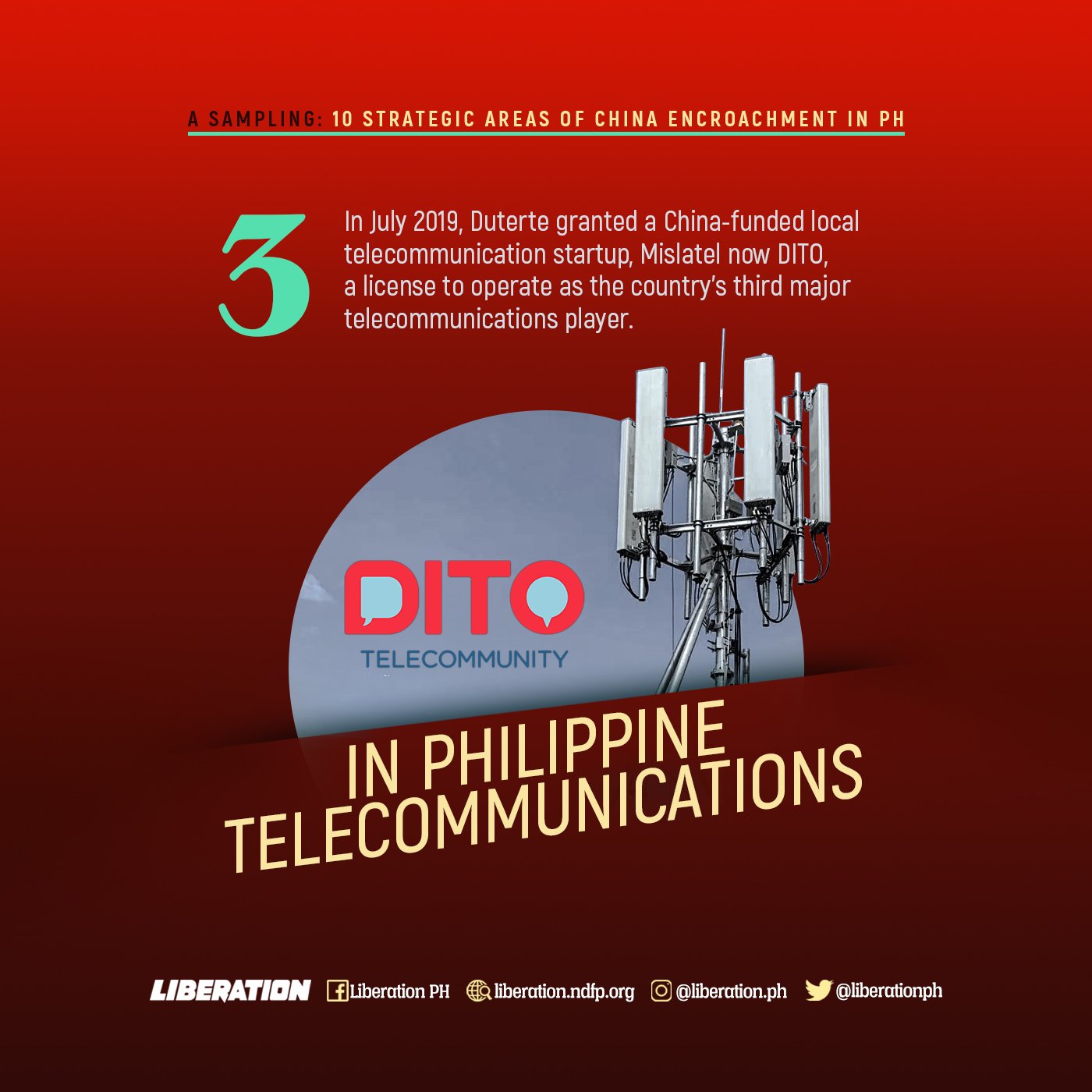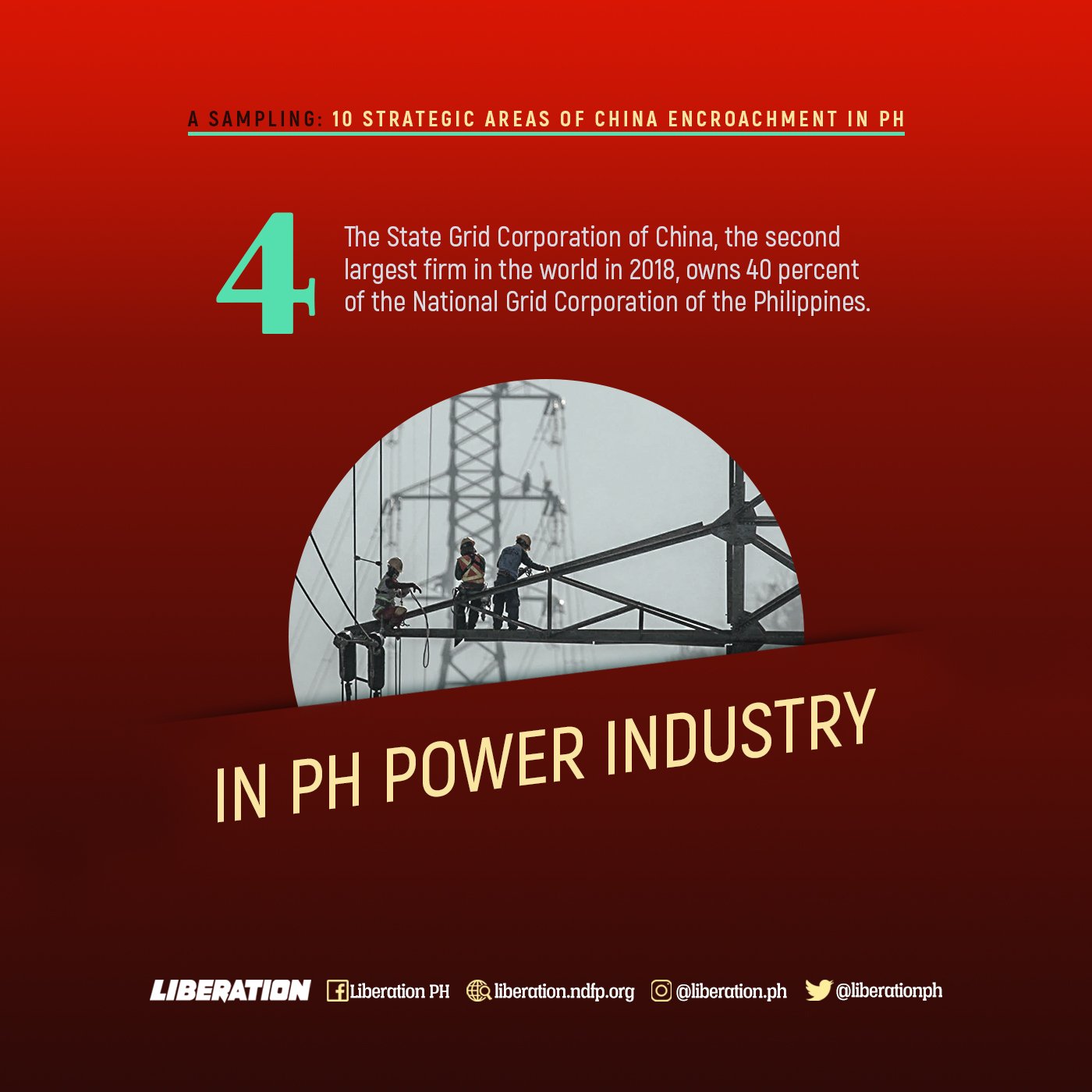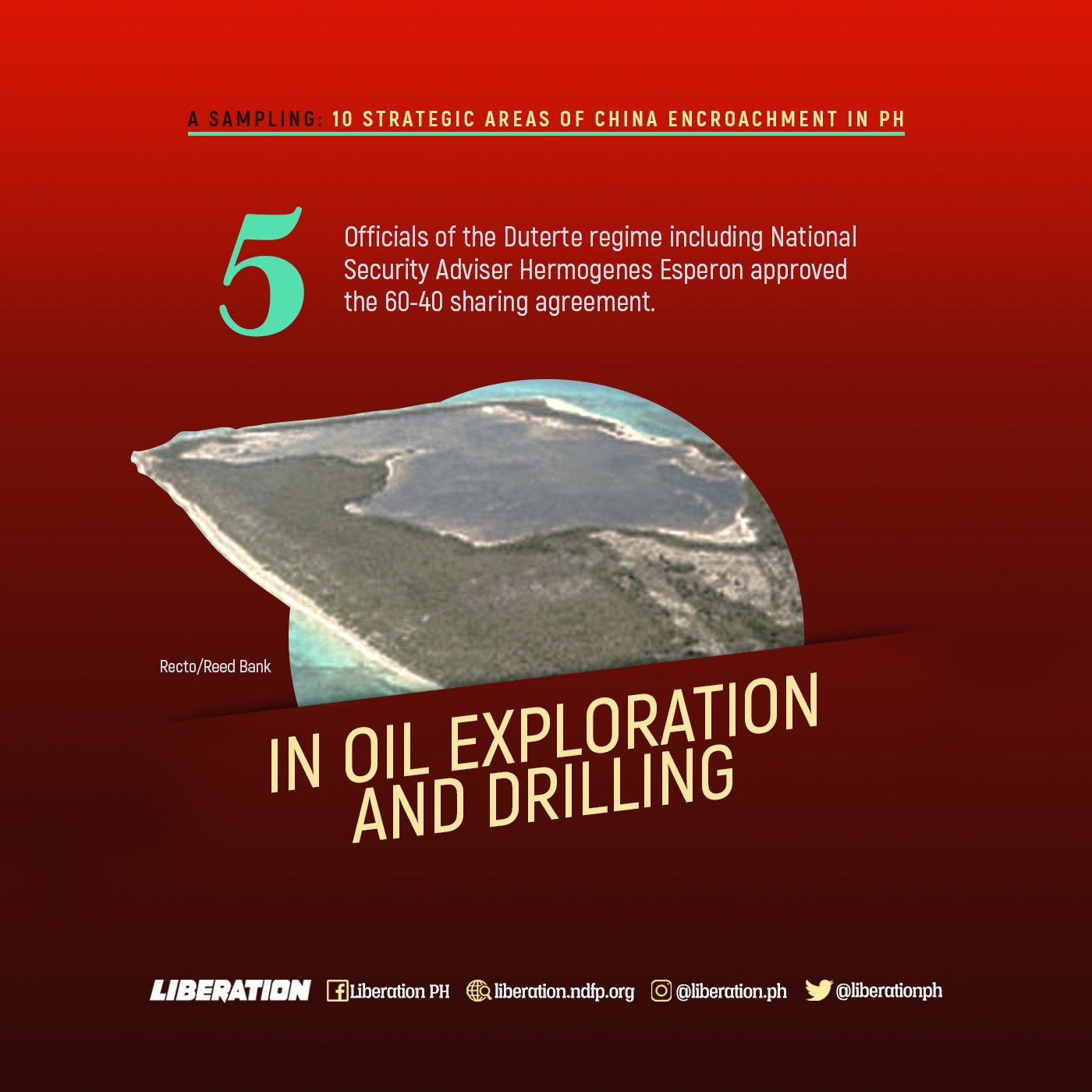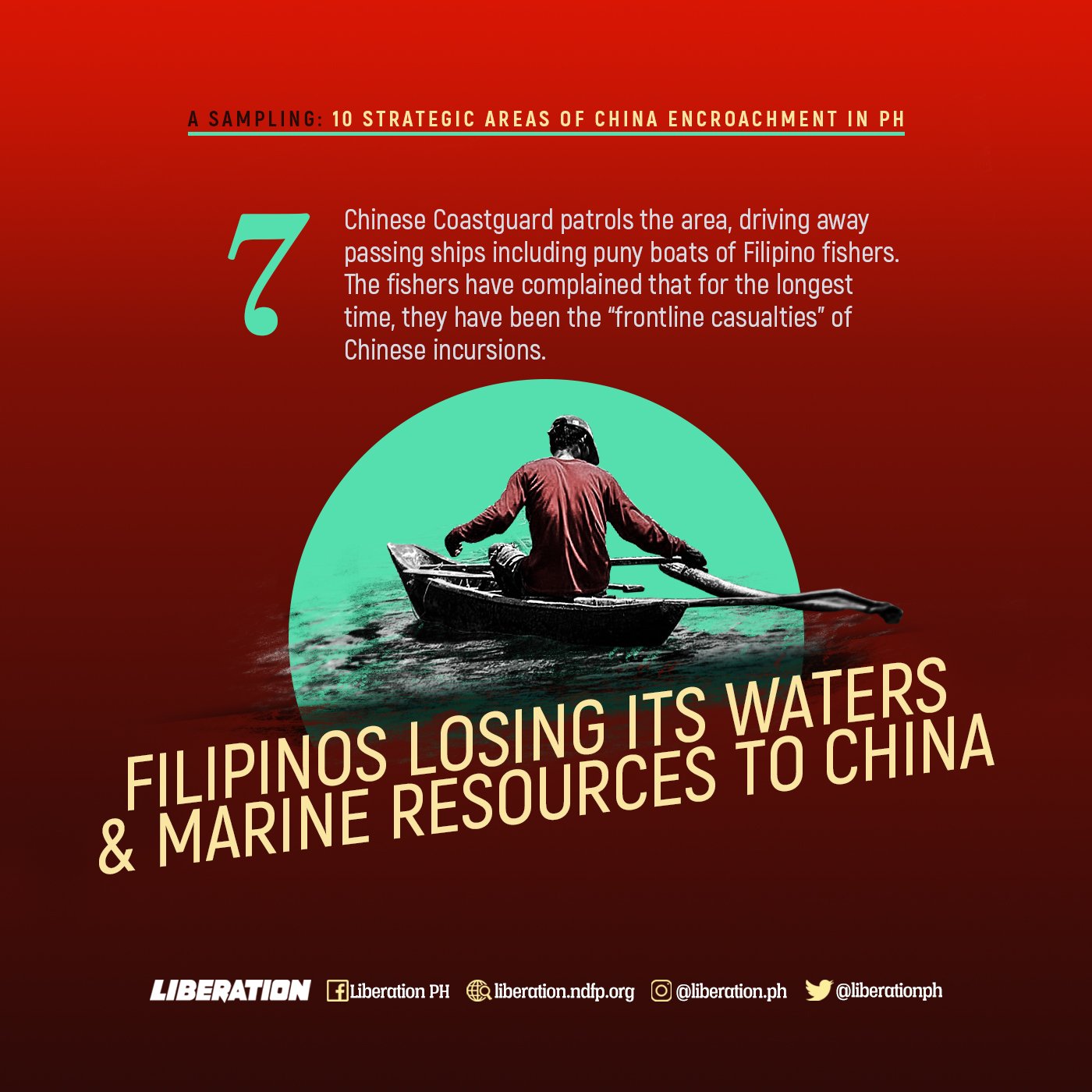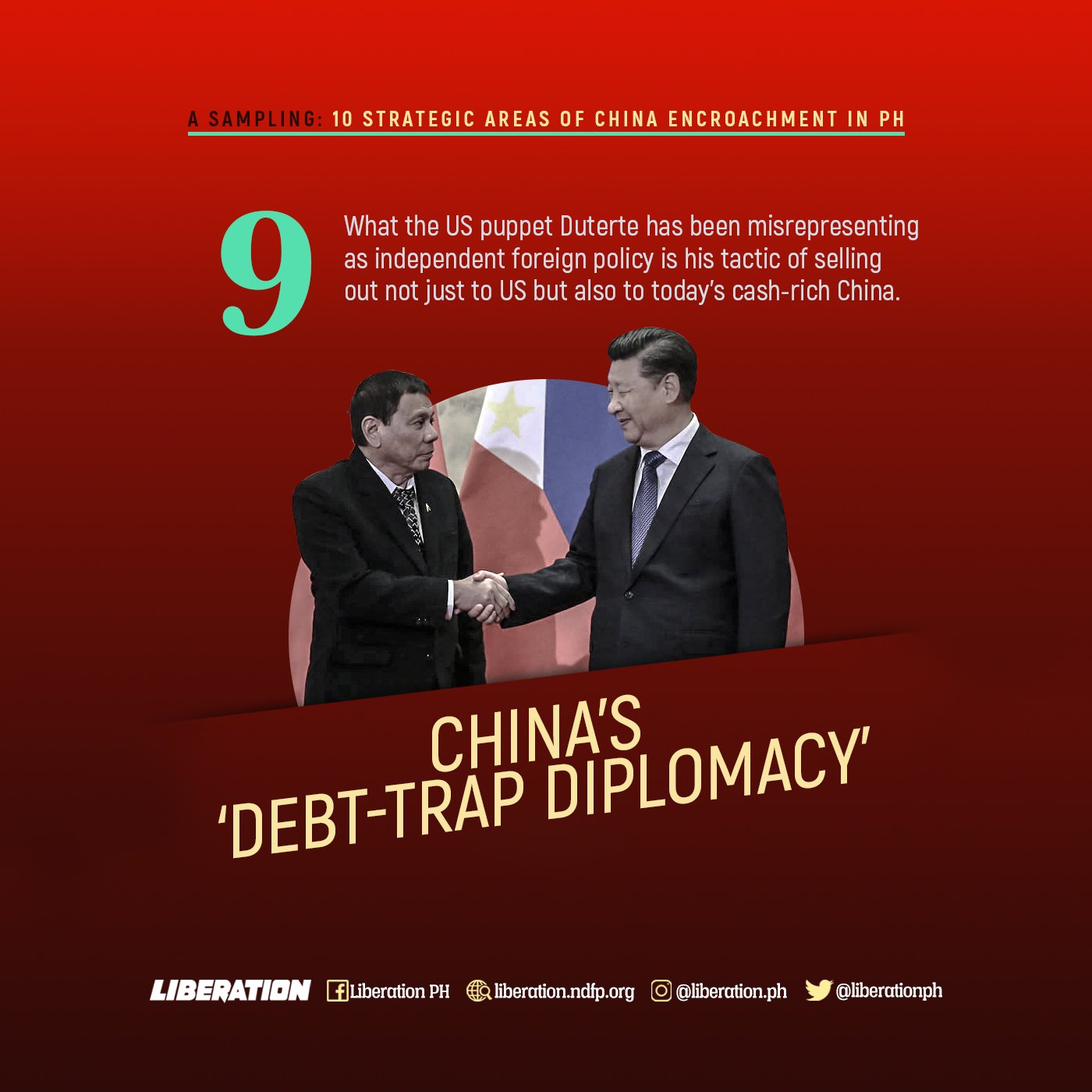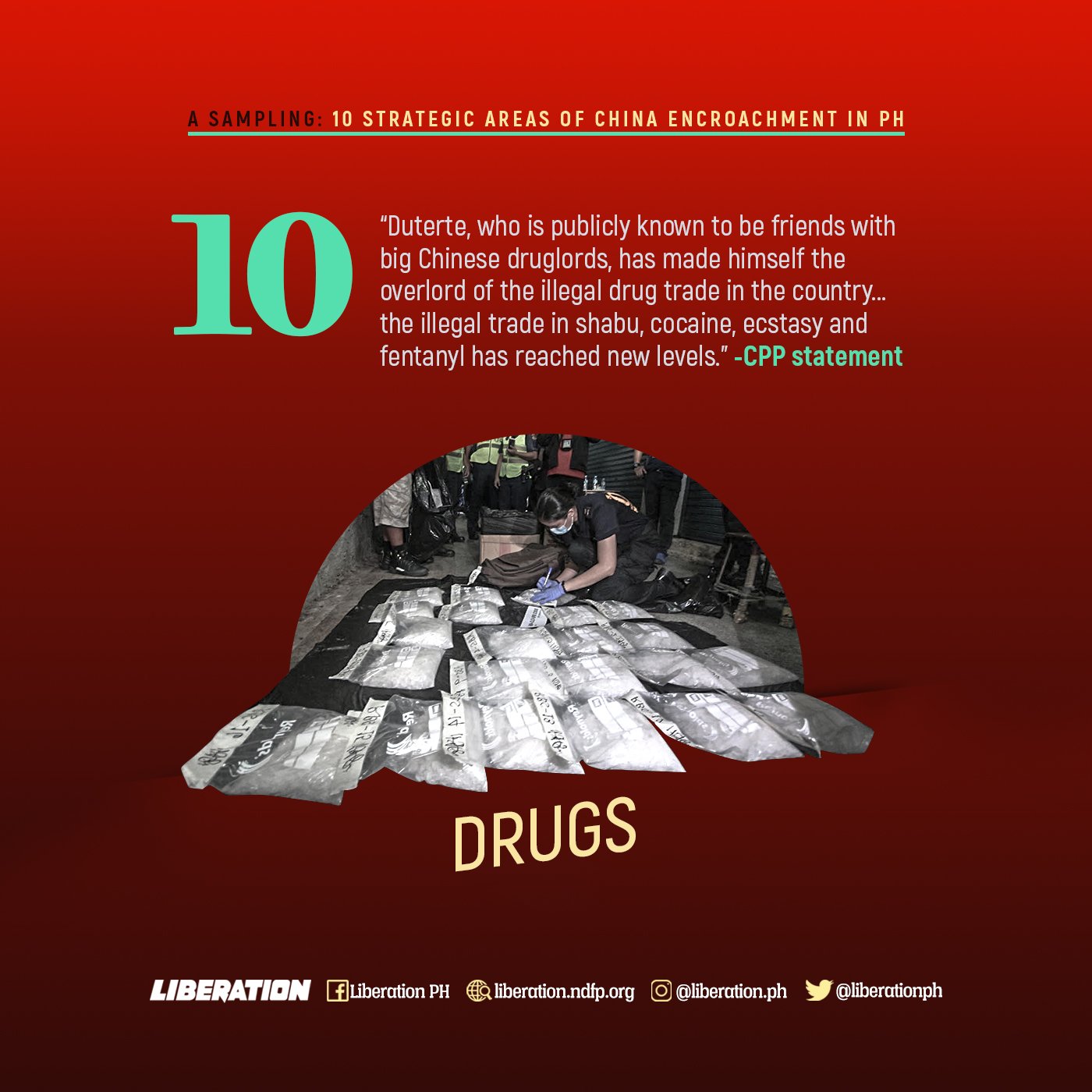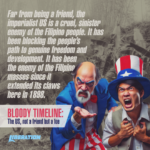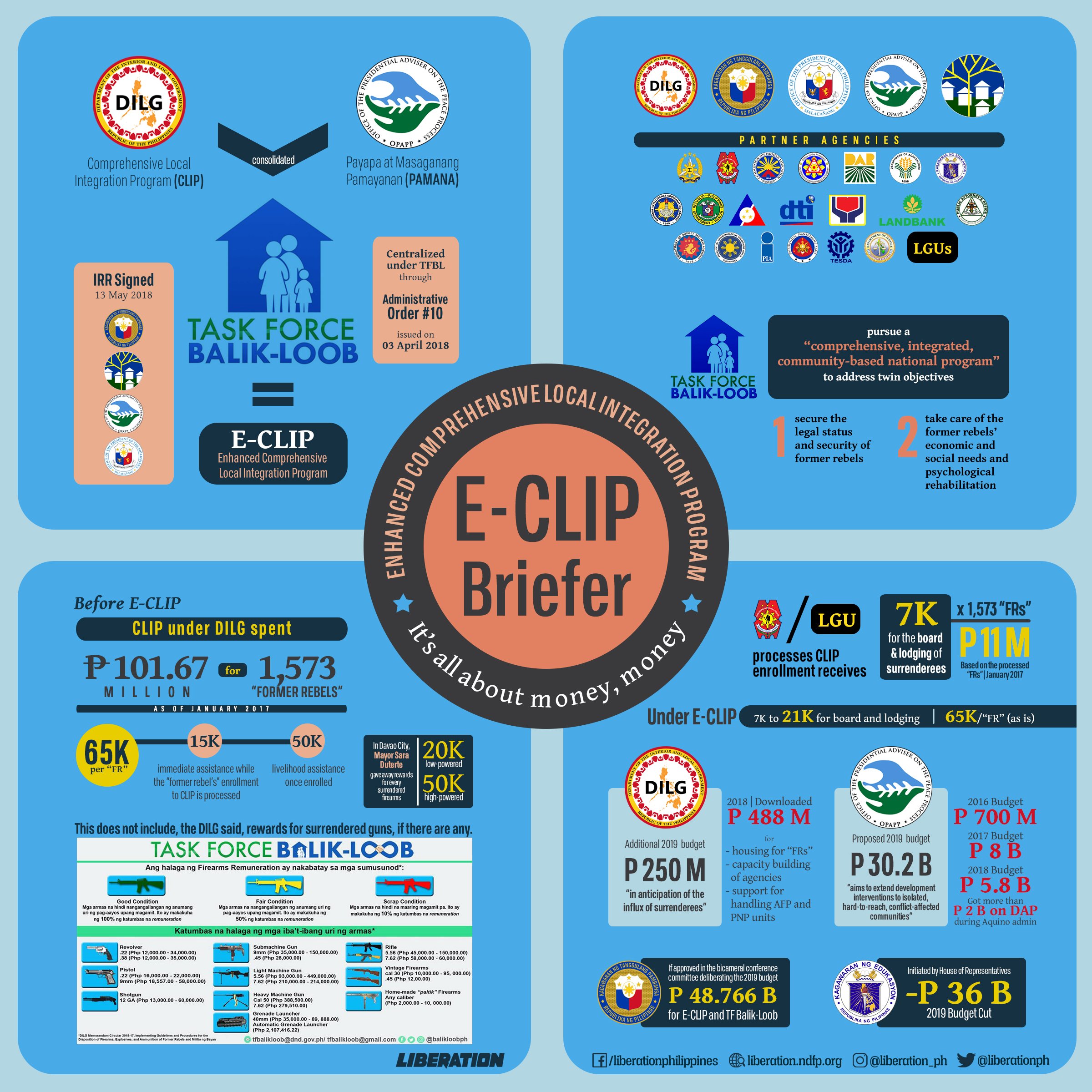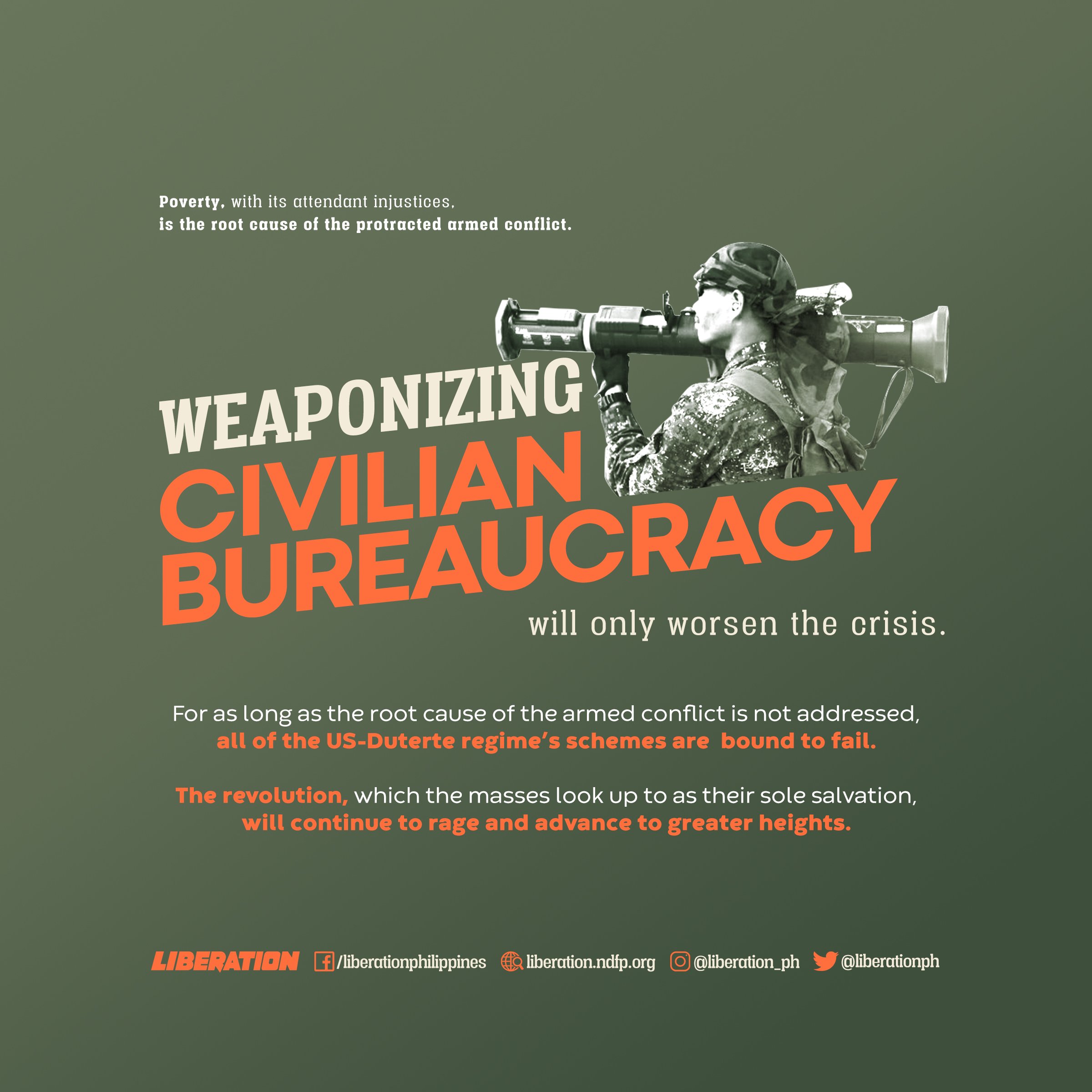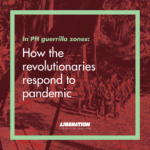Initial list of the China-funded infrastructure projects in PH
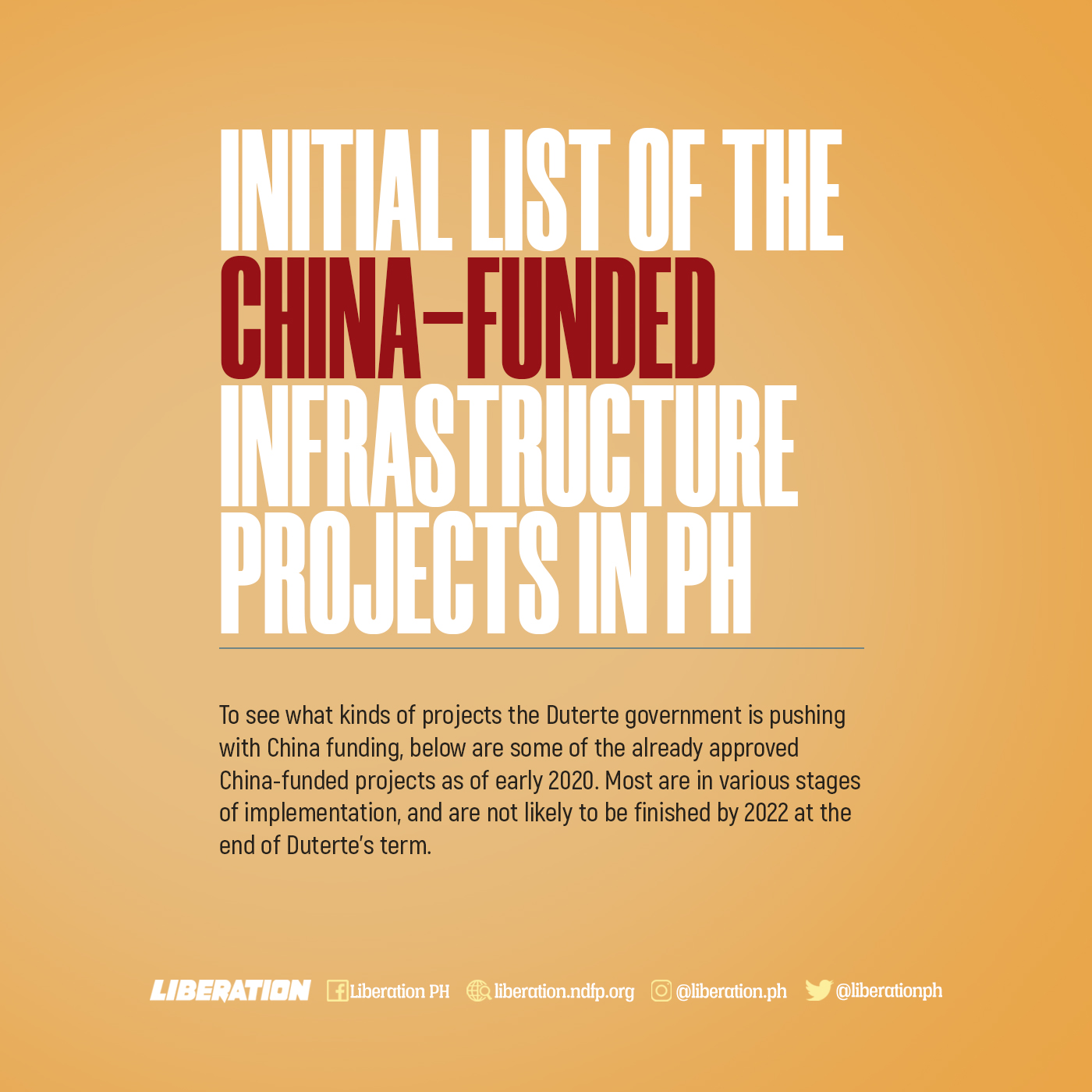
To see what kinds of projects the Duterte government is pushing with China funding, below are some of the already approved China-funded projects as of early 2020. Most are in various stages of implementation, and are not likely to be finished by 2022 at the end of Dutertes term.
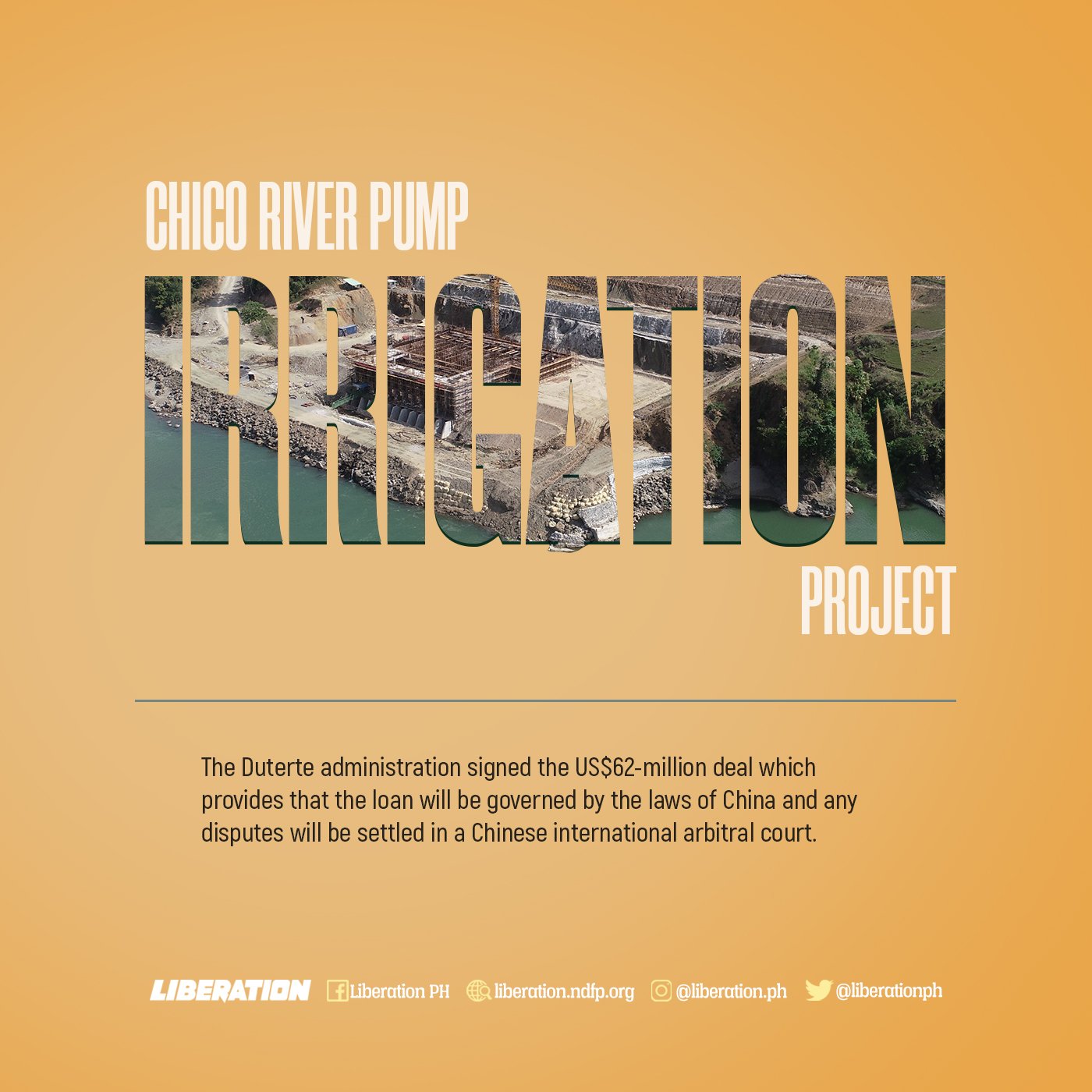
Chico River Pump Irrigation Project
The Duterte administration signed the US$62-million deal which provides that the loan will be governed by the laws of China and any disputes will be settled in a Chinese international arbitral court. The Duterte government waives its immunity as a sovereign power. Construction of the project, by the Chinese firm China CAMC Engineering Co., Ltd., has begun despite protests in Cordillera. This project requires the construction of huge dams and the diversion of rivers in Kalinga.

New Centennial Water Source Project or Kaliwa Dam
This is a repackaged project of Imelda Marcos, when she was governor of Metro Manila during martial law. It was rejected until successfully stopped by the communities affected by its construction and operation. Repackaged, it was pitched to private bidders in 2012.In 2017, Duterte offered it to Chinese state-owned firms, and in November 2018 the Export-Import Bank of China signed a preferential buyers credit loan agreement with the Metropolitan Waterworks and Sewerage System, the state water regulator for Metro Manila. Costing P12.2-billion, 85% funded by China ODA with 2% interest, many times higher compared to ODA from other countries.
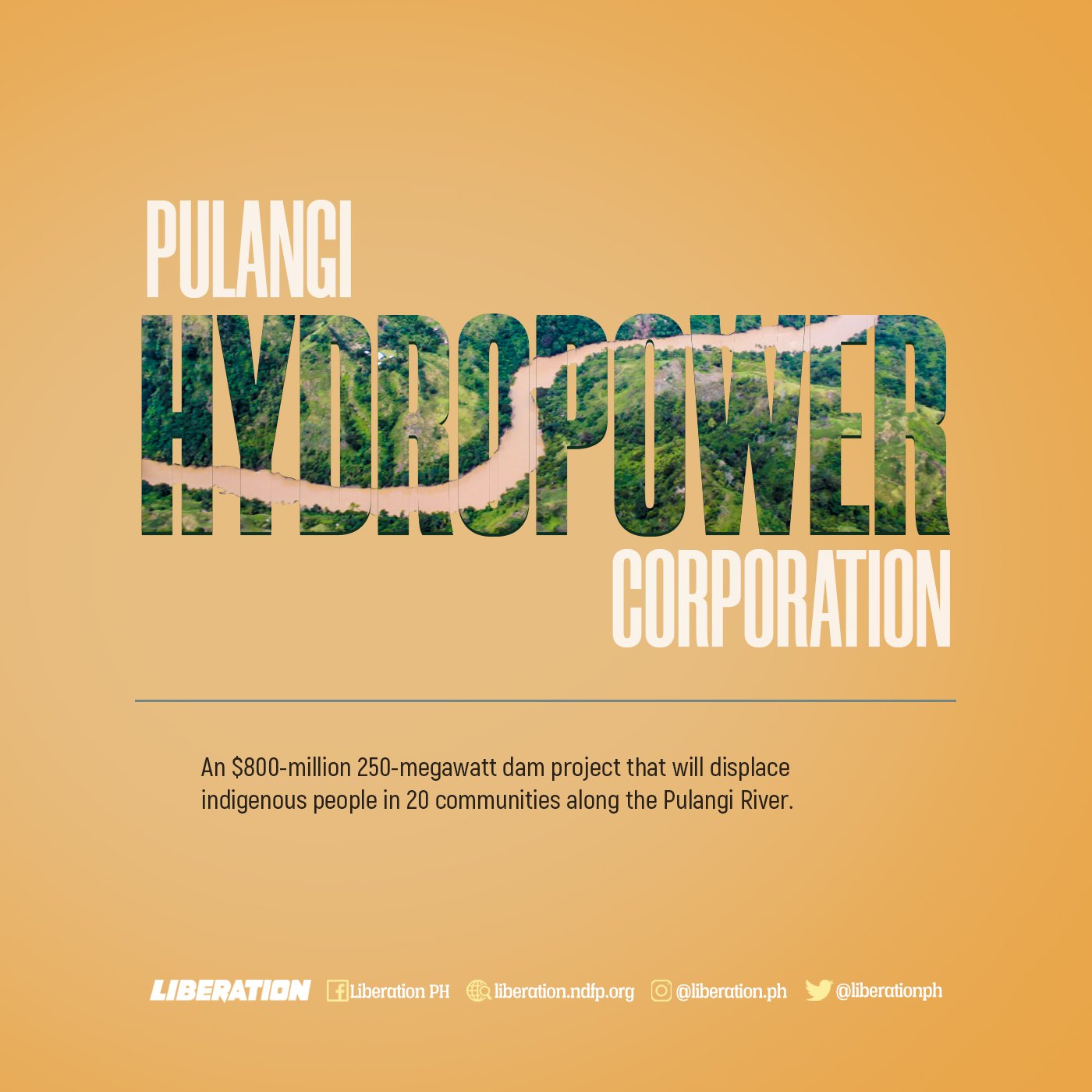
Pulangi Hydro Power Corporation (PHCP)
An $800-million 250-megawatt dam project that will displace indigenous people in 20 communities along the Pulangi River. It flows through the Pantaron Range of Central Mindanao, where indigenous people live, depend on food, medicinal plants, and practice their religious beliefs. Included under Dutertes Build Build Build and Chinas Xi Jinpings Belt and Road Initiative, it plans to construct a 143-meter dam and a reservoir that will flood some 2,883 hectares of IP lands in four towns.The deal to build this dam was signed in April 2019 on the sidelines of the 2nd Belt and Road Forum in Beijing which Duterte attended. As early as 2017 the locals had noted and opposed Chinese investors survey and drilling in the areas. Opponents to the project get subjected to red-tagging, threats and murder.

Ambal-Simuay River and Rio Grande de Mindanao River Flood Control
Approved by NEDA in 2018, China has committed to provide technical and financial support to the P39.2-billion project since 2016.Project would involve construction of various flood management infra such as dikes and floodgates along the Ambal-Simuay and Rio Grande de Mindanao (parts of the Minadanao River Basin, the second largest river basin in the Philippines). Will involve river widening and construction of parallel dikes along the river, establishment of a new channel 250-meters wide, dredging and excavation of an estimated 2.87 million cubic meters of materials along the rivers 11.6-kilometer length.
Rio Grande project involves channel dredging and construction of dikes, retaining walls and flood gates, dredging works along a river length of 6.1-kilometer.
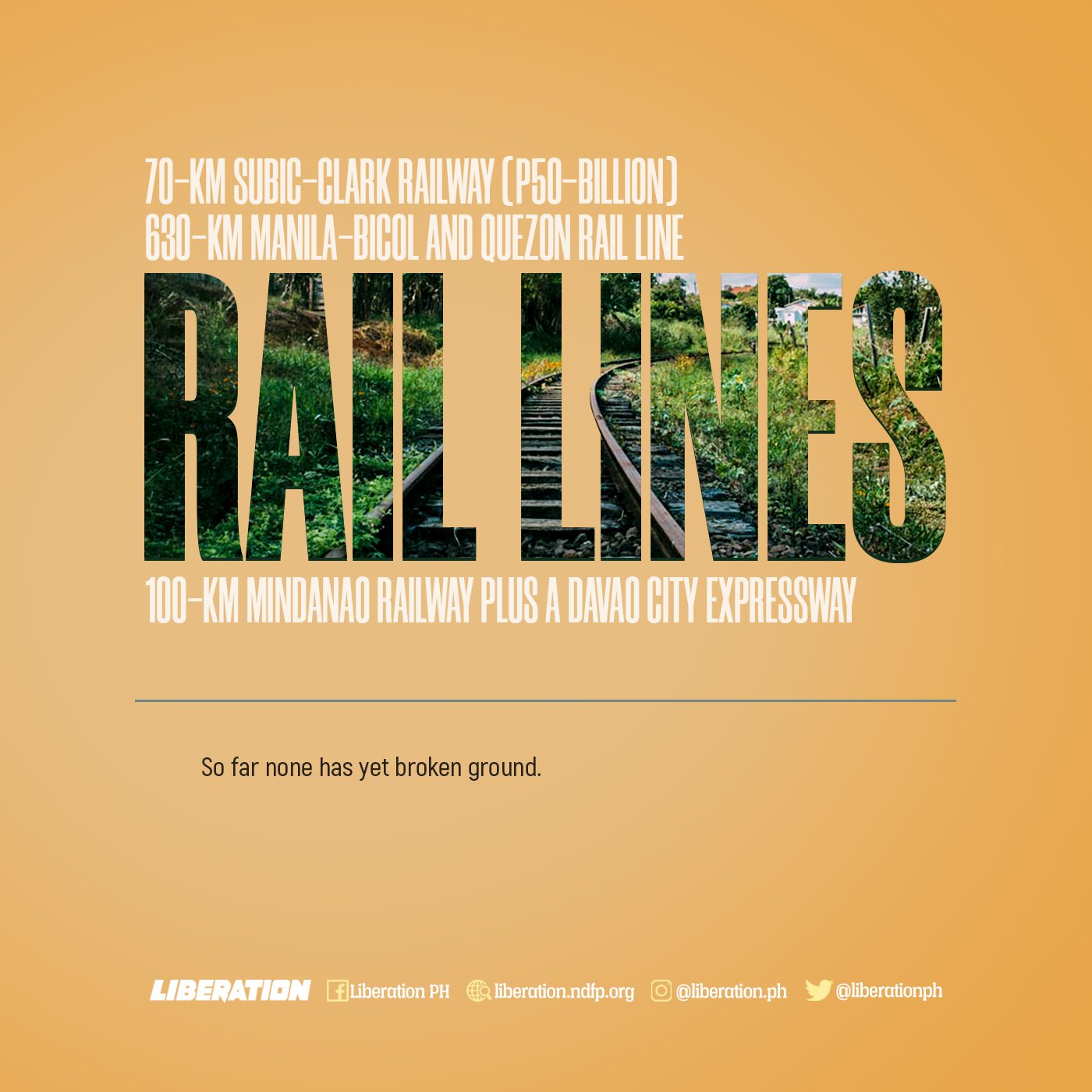
Rail lines
[1] 70-km Subic-Clark railway (P50-billion), (2) 630-km Manila-Bicol and Quezon rail line, and (3) 100-km Mindanao railway plus a Davao City expressway. So far none has yet broken ground.
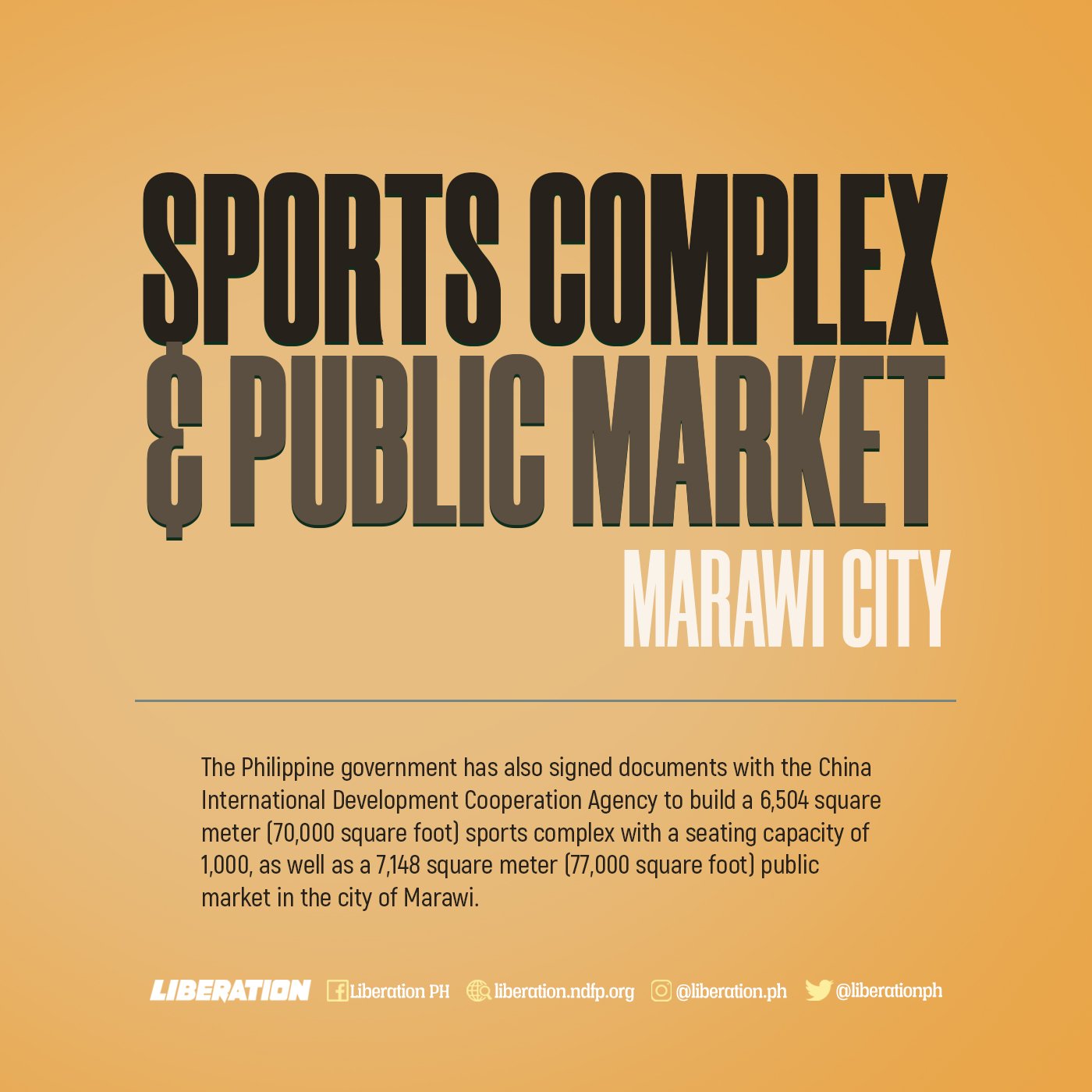
Sports Complex and Public Market in Marawi
The Philippine government has also signed documents with the China International Development Cooperation Agency to build a 6,504 square meter (70,000 square foot) sports complex with a seating capacity of 1,000, as well as a 7,148 square meter (77,000 square foot) public market in the city of Marawi. The unfinished project now lies in ruins after the 5-month daily bombardment in 2017, directed by a US aerial surveillance team, in the so-called siege of Marawi against the Maute group, which the AFP claimed had links with the ISIS.
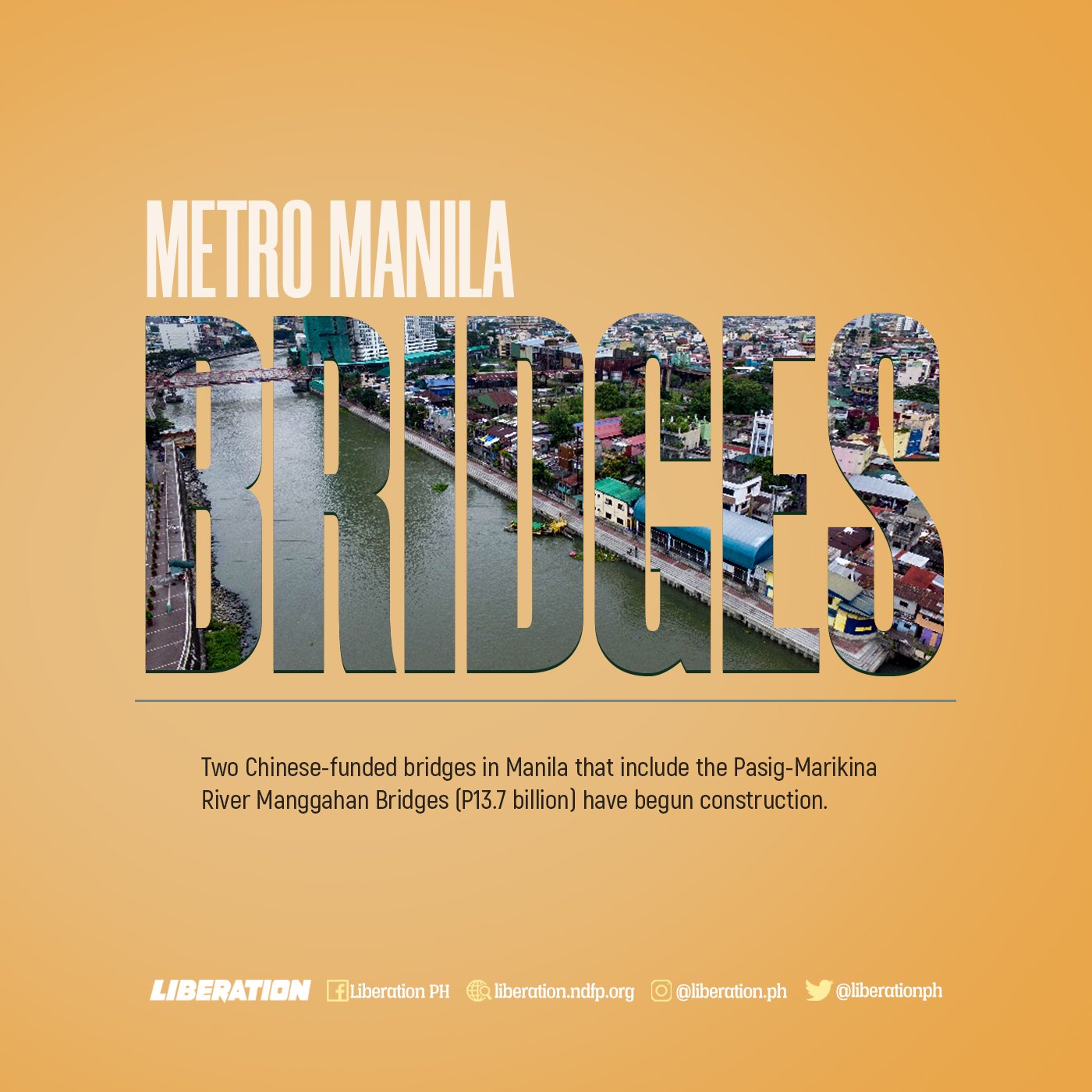
Metro Manila Bridges
Two Chinese-funded bridges in Manila that include the Pasig-Marikina River Manggahan Bridges (P13.7 billion) have begun construction.

Bulacan “mega-city” economic zones
P50-billion “mega-city” economic zones in the Bulacan towns of Pandi, Bocaue, and Balagtas. Bulacan Gov. Daniel Fernando signed the deal with Hunan Gov. Xu Dazhe in Chinas Londi City in September 2019. Fernando told reporters it will provide 100,000 jobs as the Chinese build techno hubs, outlet stores, shopping malls, factory outlets meeting firms, warehouses, and call centers in Bulacan. As of this writing the signatories to the deal are finalizing the timetable. The Bulacan governor wants it to start ASAP.
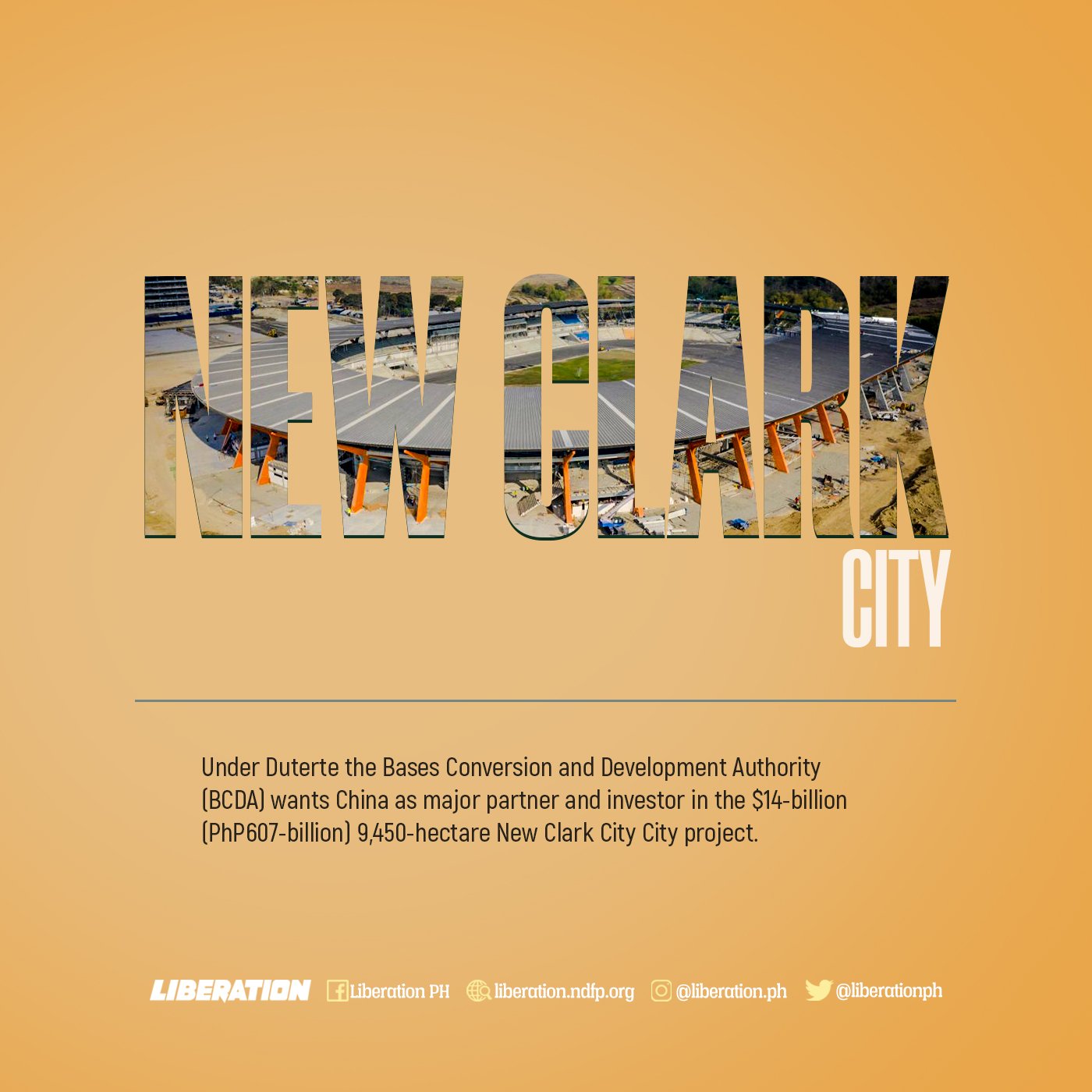
New Clark City
Under Duterte the Bases Conversion and Development Authority (BCDA) wants China as major partner and investor in the $14-billion (PhP607-billion) 9,450-hectare New Clark City City project. Approved under former president Benigno Aquino III, with first phase finished in time for the Southeast Asian Games in 2019, the rest is being continued by the Duterte government.In 2018 the BCDA signed a memorandum of understanding with China Development Bank (CD) to collaborate over a five-year period in finding financing for BCDAs projects in Clark and Metro Manila. One of the 29 deals signed during Chinese President Xi Jinpings visit in the the Philippines in late 2018 was the construction of a 500-hectare Chinese industrial park in Clark, by Chinese construction and engineering company Gezhouba Group, for $2-billion (PhP105.2-billion).
The Duterte government wants more Chinese-funded industrial parks for Chinese manufacturing companies to take advantage of the Philippines numerous free trade deals with other countries.Already Clark projects are dislocating the indigenous group Aeta whose farms and communities were being bulldozed, sources of water redirected, among others. New Clark City is being marketed as green but researchers from the University of the Philippines found the developers have been removing the green, replacing it with concrete. ###

